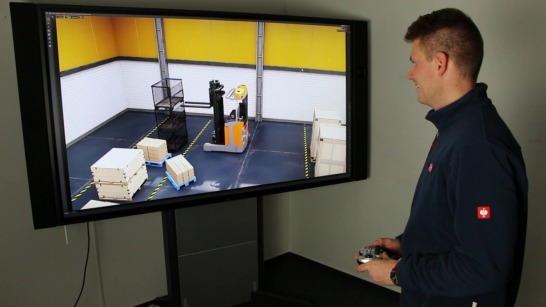/website-story-innovations-dematic-part-2_pic05_image_546x307.jpg)
Transforming Ideas into Patents and Patents into Solutions
Andreas Baloghy is the patent attorney protecting ideas at our subsidiary Dematic. He and his team turn futuristic concepts into tangible innovations that help to advance the field of intralogistics.
2024-11-27
/website-story-innovations-dematic-part-2_pic02-cropped-2_image_546x307.jpg)
/website-story-innovations-dematic-part-2_pic04_image_546x307.jpg)

/Dematic_Innovation_Shin_Yamashita_image_546x307.jpg)